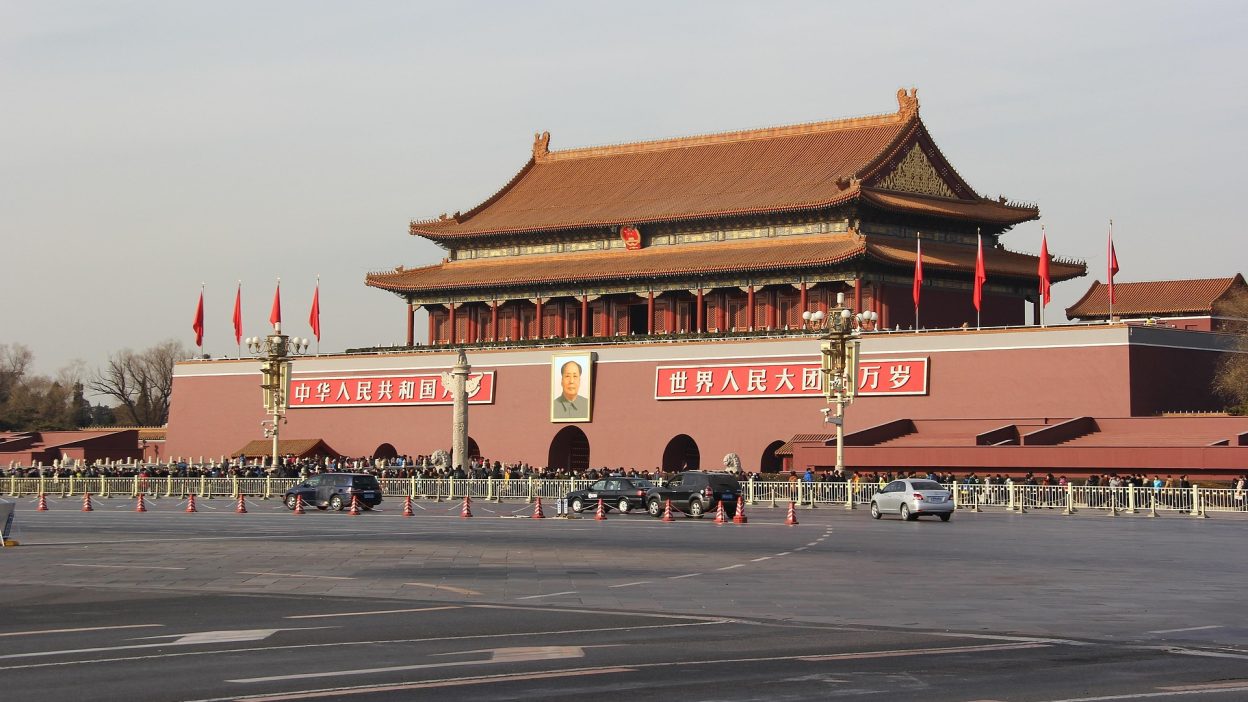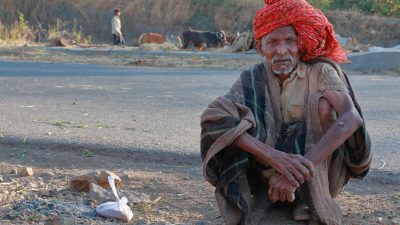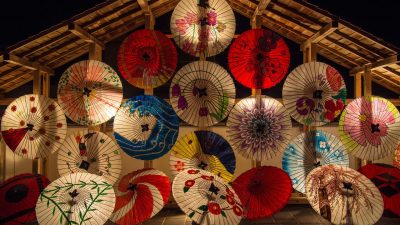The Untold Story of China’s Darkest Hour
Tiananmen Square Massacre: The Untold Story of China’s Darkest Hour
Introduction: A Defining Tragedy in Modern History
The Tiananmen Square Massacre stands as one of the darkest chapters in modern history, epitomising the brutal lengths to which authoritarian regimes will go to suppress dissent. This horrific event unfolded in the heart of Beijing, China, during the early hours of 4 June 1989. What began as a peaceful demonstration advocating for political reform, freedom of speech, and greater government accountability, ended in unimaginable bloodshed. Tiananmen Square, already steeped in historical significance as a symbol of Chinese heritage, became the site of a tragedy that would resonate globally and remain a contentious issue for decades.
The massacre shocked the world, highlighting the stark realities of living under a regime intolerant of opposition. The events of that fateful day not only marked a turning point in China’s domestic policies but also drew the ire and condemnation of the international community. For many, the massacre symbolised the fragile nature of human rights in the face of state power. It ignited fierce debates about the price of freedom, the cost of defiance, and the role of global powers in responding to atrocities. The Tiananmen Square Massacre is more than just a historical event; it is a cautionary tale and a stark reminder of the unrelenting fight for justice and democracy.
The Political Climate Leading to the Tiananmen Square Massacre
During the 1980s, China experienced profound economic reforms under the leadership of Deng Xiaoping, who sought to modernise the nation through market-oriented changes. While these reforms brought significant economic growth, they also created deep social disparities, unemployment, and widespread corruption within the government. Amid these changes, the public grew increasingly frustrated with the lack of political freedoms and government accountability. Students, intellectuals, and workers began to demand not only economic reform but also political transparency and democratic rights.
The seeds of dissent were sown in the aftermath of the Cultural Revolution, a tumultuous period that had left China’s intellectual and social fabric severely damaged. By the late 1980s, calls for reform intensified, especially amongst students who were inspired by global democratic movements. The death of Hu Yaobang, a reformist leader, in April 1989, acted as a catalyst for the protests. Thousands gathered at Tiananmen Square to mourn his death, but their grief quickly transformed into demands for greater freedoms. The political atmosphere was ripe for change, but the Chinese government viewed these calls for democracy as a direct threat to their authority.
The Protest: From Hope to Horror
- Origins of the Protest: The movement began as a student-led initiative on 15 April 1989, shortly after the death of Hu Yaobang. Students from universities across Beijing marched to Tiananmen Square, demanding reforms and an end to government corruption. Their initial demands were moderate, focusing on issues such as press freedom and anti-corruption measures.
- Growing Momentum: As days passed, the protests gained traction, attracting workers, intellectuals, and ordinary citizens. By mid-May, the crowd in Tiananmen Square had swelled to over 1 million people, reflecting widespread public discontent. The demonstrations became a symbol of hope, representing a unified demand for a better future.
- The Hunger Strike: In an effort to escalate their cause, thousands of students initiated a hunger strike on 13 May 1989, coinciding with the visit of Mikhail Gorbachev, the Soviet leader. This act of defiance drew global attention and highlighted the urgency of their demands. However, it also intensified the government’s resolve to quash the movement.
The Role of Tiananmen Square: A Symbol of Change
Tiananmen Square, located at the heart of Beijing, holds deep historical and cultural significance. It had long been a site of monumental events, including the proclamation of the People’s Republic of China in 1949 by Mao Zedong. As a political and symbolic centre, the square represented the strength and unity of the Chinese state. For the protesters, however, it became a battleground for freedom and change.
The choice of Tiananmen Square as the epicentre of the demonstrations was not accidental. It symbolised the confrontation between the old guard of authoritarian rule and the aspirations of a new generation. The vastness of the square allowed large numbers to gather, creating an imposing visual spectacle that could not be ignored. The protesters turned the square into a microcosm of hope, erecting the Goddess of Democracy, a statue symbolising their ideals. This act of defiance further infuriated the government, setting the stage for the catastrophic events that followed.
Government Response: From Tolerance to Brutality
Initially, the Chinese government appeared uncertain about how to handle the protests. Premier Zhao Ziyang, known for his reformist stance, advocated for dialogue and peaceful resolution. He visited the protesters on 19 May 1989, urging them to disperse and expressing sympathy for their cause. However, hardliners within the Communist Party, led by Deng Xiaoping, viewed the protests as a direct threat to their authority and ordered a decisive crackdown.
Martial law was declared on 20 May 1989, and troops were deployed to Beijing. Despite initial resistance from the public, who formed human barricades to prevent military advancement, the government’s patience wore thin. By early June, the decision to use lethal force had been made. The turning point came when hardline leaders declared that the protests must be eradicated at all costs to maintain the Communist Party’s grip on power.
June 3–4, 1989: The Night of Bloodshed
The events of 3–4 June 1989 marked the culmination of weeks of tension and unrest. Under the cover of darkness, the Chinese military, equipped with tanks and armed vehicles, moved into Tiananmen Square. Soldiers opened fire indiscriminately on unarmed protesters, killing hundreds, if not thousands. The exact death toll remains unknown, with estimates ranging from hundreds to over 10,000. The streets of Beijing became a war zone, with civilians fleeing in terror as gunfire echoed through the city.
Eyewitness accounts describe scenes of unimaginable horror. Protesters, many of them students, were gunned down as they attempted to flee. Some were crushed under the tracks of tanks. Despite the overwhelming force, small groups of protesters attempted to resist, throwing rocks and Molotov cocktails at the advancing troops. The brutality of the military crackdown shocked the world, leaving a scar on the collective conscience of humanity.
Casualties: The Real Human Cost
- Death Toll: The true number of deaths remains a closely guarded secret, with official Chinese reports minimising the casualties to 200–300. However, independent sources and human rights organisations estimate the death toll to be in the thousands.
- Wounded and Detained: Thousands were injured during the crackdown, many suffering life-altering injuries. Thousands more were arrested in the aftermath, with some executed or sentenced to long prison terms. Families of victims faced years of harassment and intimidation from the authorities.
- Psychological Impact: For survivors and the families of the deceased, the massacre left an indelible psychological trauma. The government’s refusal to acknowledge the tragedy has only deepened their pain, creating a legacy of silence and grief.
“Tank Man”: The Icon of Defiance
One of the most enduring images from the Tiananmen Square Massacre is that of the “Tank Man”, an unidentified individual who stood in front of a column of tanks on 5 June 1989. Armed with nothing but shopping bags, he temporarily halted the military convoy, becoming a symbol of courage and defiance.
The image of Tank Man, captured by international photographers, resonated worldwide. His act of bravery encapsulated the spirit of resistance, challenging the overwhelming might of the Chinese military. Despite global fame, Tank Man’s identity and fate remain unknown, a haunting reminder of the anonymity and sacrifices of countless protesters.
Censorship and the Silencing of History
In the wake of the massacre, the Chinese government embarked on an extensive campaign to erase the event from public memory. Discussions about 4 June 1989 are banned in China, and references to the massacre are censored online. Students born after 1989 often grow up unaware of the tragedy, as it is excluded from history textbooks.
Efforts to commemorate the event are met with swift repression. Activists are routinely detained, and memorial events are banned. Outside China, however, organisations and individuals continue to fight to preserve the memory of Tiananmen Square, ensuring the world does not forget the sacrifices made in the name of freedom.
Global Reactions and Diplomatic Consequences
The massacre provoked widespread condemnation from the international community. Nations such as the United States and members of the European Union imposed economic sanctions on China and suspended diplomatic relations. However, these measures were short-lived, as global powers eventually prioritised economic ties with China over human rights concerns.
The massacre remains a source of tension in China’s international relations, particularly with Western nations that continue to criticise its human rights record. The lack of accountability for the events of 1989 has fuelled ongoing debates about the global community’s failure to respond more decisively.
Legacy of the Tiananmen Square Massacre
The Tiananmen Square Massacre is a stark reminder of the lengths to which authoritarian regimes will go to maintain power. For many, it symbolises the unyielding spirit of those who dare to challenge oppression. The massacre has inspired countless pro-democracy movements around the world, highlighting the universal struggle for freedom and justice.
Despite the Chinese government’s efforts to silence dissent, the legacy of Tiananmen Square endures. The bravery of the protesters serves as a testament to the resilience of the human spirit and a reminder that the fight for democracy and human rights is far from over.
Controversies Surrounding the Massacre
The Chinese government’s denial of the massacre has created a deeply polarised narrative. Official accounts portray the crackdown as a necessary step to maintain stability, while survivors and independent observers condemn it as an atrocity. The censorship of information has left many young Chinese citizens unaware of their nation’s dark past, further complicating efforts to achieve justice and reconciliation.
Lessons for the World: The Price of Suppressing Freedom
The Tiananmen Square Massacre underscores the dangers of unchecked authoritarianism. It serves as a cautionary tale about the fragility of human rights and the importance of holding governments accountable. For the global community, it raises critical questions about the role of international intervention in addressing human rights violations and the cost of prioritising economic interests over moral responsibility.
FAQs: Addressing Common Questions about Tiananmen Square
- What were the key demands of the protesters? The protesters called for political reforms, freedom of speech, press freedom, and an end to government corruption.
- Why is the event still censored in China? The Chinese government views the massacre as a threat to its legitimacy and has systematically erased it from public discourse.
- How many people died in the Tiananmen Square Massacre? The death toll remains disputed, with estimates ranging from hundreds to over 10,000.
- What is the significance of “Tank Man”? Tank Man symbolises individual defiance against authoritarianism and remains a powerful icon of resistance.
- Is there hope for future democratic reforms in China? While challenging under the current regime, the enduring spirit of resistance suggests that the possibility for change remains alive.
References:
1989 Tiananmen Square protests and massacre
Tiananmen Square incident
Tiananmen Square Protests: 1989, Massacre & Tank Man
What really happened in the 1989 Tiananmen Square protests
Timeline: What Led to the Tiananmen Square Massacre
How a peaceful protest at Tiananmen Square turned into a massacre
Remembering the Tiananmen Square Crackdown, and the ‘Tank Man
YT links
Tiananmen Square Massacre (1989)
Tiananmen Square: What happened in the protests of 1989? – BBC News
How China is covering up the 30th anniversary of the Tiananmen Square massacre | DW News




